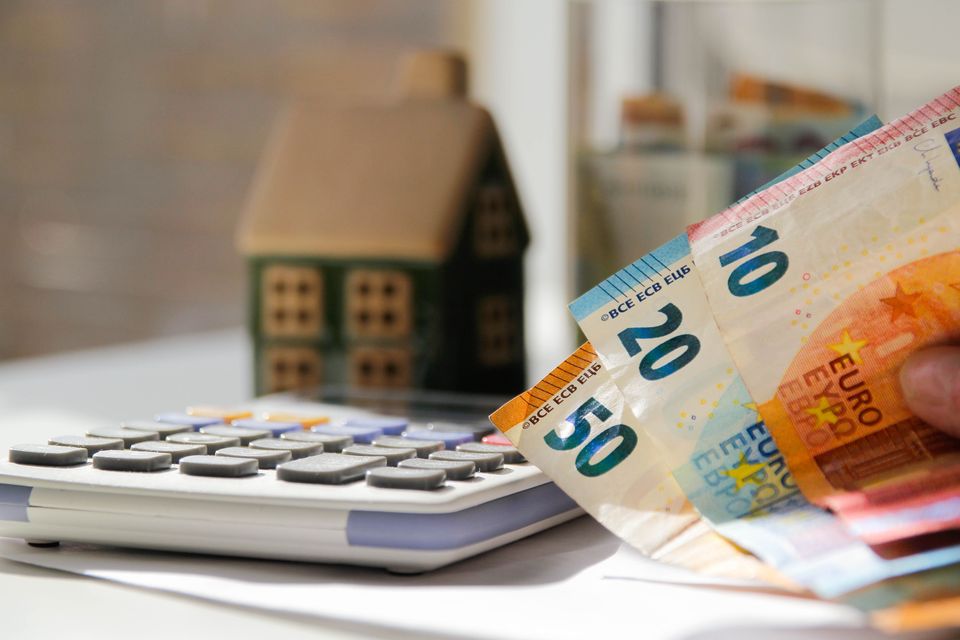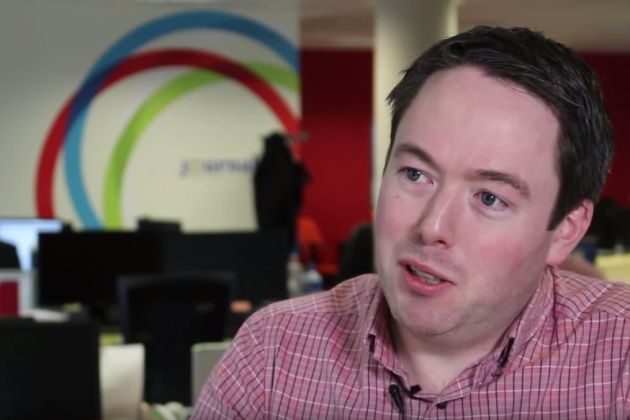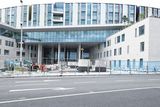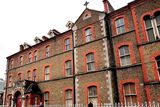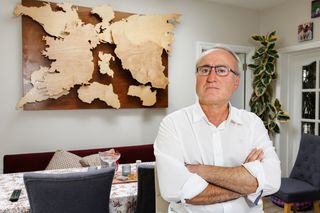House-price inflation soars to 10-year high, with market ‘starved of supply’
House prices are rising because there are not enough homes being built, experts say. Stock image: Getty
House-price inflation has reached its highest level in 10 years, according to the latest report by Daft.ie.
Prices rose nationally by an average of 3pc during the second quarter of this year.
With the average listed price now at more than €357,000, prices are 12.3pc higher than this time last year and 40pc higher than at the start of the pandemic.
Today's news in 90 Seconds - Monday June 23
The rate of inflation in the housing market is now at its highest level in the decade since mortgage market rules were introduced.
Ronan Lyons, the author of the Daft report and economist at Trinity College Dublin, said this level of inflation in the market had not been seen since the first quarter of 2015.
There are simply too few homes on the market at the moment
Mr Lyons said the market now was different from 10 years ago – inflation had been led by Dublin and surrounding areas then, but now there were double-digit increases in prices “more or less across the board”.
“The underlying reason is largely unchanged. There are simply too few homes on the market at the moment,” he said.
“On top of an insufficient number of new homes being built, there are also not enough second-hand homes being traded.”
Ronan Lyons, author of the Daft report
While the market is ultimately “starved of supply” and “there is little to be cheery about” in the report at first glance, Mr Lyons said there were signs of a move in the right direction – there were 12,000 homes on the market on June 1, up from fewer than 9,300 on March 1.
Dublin’s inflation figure stands at 12.3pc, in line with the average for the whole country. The rate is slightly higher in the rest of Leinster, with prices 14.3pc higher than a year ago.
In Galway city (12.5pc) and Limerick city (12.8pc), the figure is close to the national average. It is higher in Waterford city (15.2pc) and lower in Cork city (8.6pc), where price increases are slower.
Mr Lyons said the sharp rise in interest rates had “weighed heavily" on the market
In the year up to June 1, more than 51,000 second-hand homes were put on the market. This compares with 67,000 homes put up for sale in 2019 before the disruption caused by the Covid-19 pandemic.
With the market recovered from the impact of the pandemic, Mr Lyons said the sharp rise in interest rates had “weighed heavily on the market”.
“In 2024, just 50,000 homes were put up for sale, putting the market much closer to its Covid-era low than the pre-Covid average,” he added.
Join the Irish Independent WhatsApp channel
Stay up to date with all the latest news
